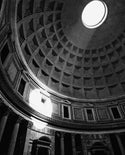Governors of Tabaristan Necklace
Sold
Details
Authentic silver coins set in 18K yellow gold choker.
Handmade in Rome.
History
Measurements
Delivery
Care
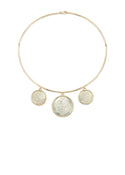
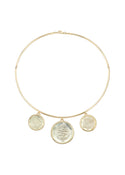


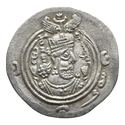
Kings of Persia
(DRACHM)
(DRACHM)
A detailed crowned bust of Khusrau II, showcasing the elaborate royal headgear adorned with symbols of divinity and authority. This image is emblematic of the king's status as a divine ruler, chosen by Ahura Mazda, the supreme god of Zoroastrianism.
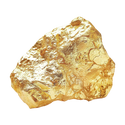
Gold
(18K)
(18K)
It is a dense, soft, malleable, and ductile metal. Gold is highly valued for its beauty, rarity, and resistance to corrosion. It does not tarnish or corrode over time, making it a perfect choice for jewellery.
Our items are handmade in our atelier in Rome.
Delivery is estimated at 4-6 weeks from when the order is placed with the atelier, but we always endeavour to deliver sooner. Our team will be in touch to keep your updated at every stage of production.
Alternatively please contact shop@dubini.co.uk


